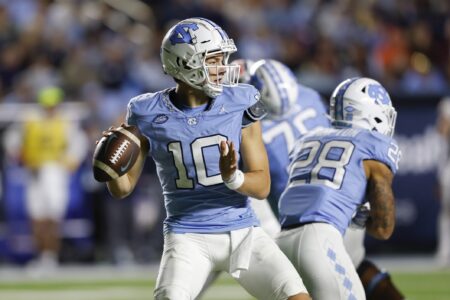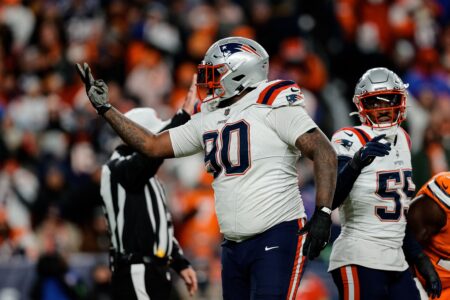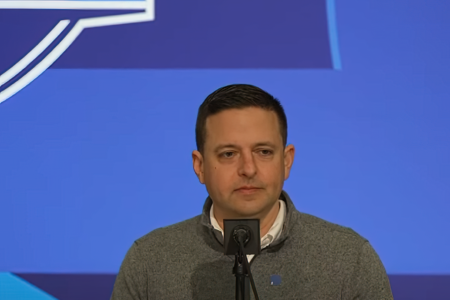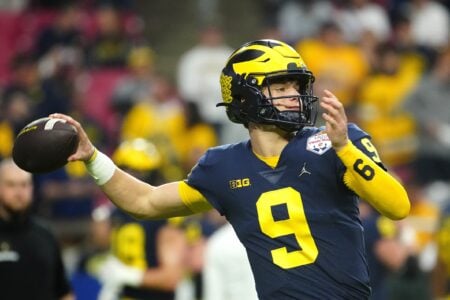VectorPrime
Pro Bowl Player
- Joined
- Aug 10, 2010
- Messages
- 15,031
- Reaction score
- 19,868
Registered Members experience this forum ad and noise-free.
CLICK HERE to Register for a free account and login for a smoother ad-free experience. It's easy, and only takes a few moments.Just thinking about what changes can be made to the process, I'm not sure if it will eliminate concerns or issues.
Well, seems all of us that had "March Madness Friday" were wrong. This is just insane that its still going.
That depends on what the "concerns or issues" are. If the NFL is concerned with teams tampering with the ball, the NFL could certainly change the ball-handling protocol. For example, they could mandate that after check-in the balls are kept in a locked room with an NFL-paid employee sitting in the room with the balls. They could mandate that outside the field of play balls could only be handled by NFL-paid employees
An "NFL employee" was caught in this very game tampering with footballs.
I loved it when Phil Simms stated that he could immediate literally tell the difference of a football to 1/10 of a PSI. He should have been laughed out of the goddamned building but instead obviously people believed him. That is so objectively full of s**t I don't know what to begin. The most accurate gauges available would not be able to definitively tell the difference between two footballs that are just .1 PSI apart. It is, in the most literal sense, physically impossible to tell the difference to that fine a degree. It is like claiming that your eyes can tell the difference between 60 and 61 frames per second. You cannot do it. It is impossible.
That depends on what the "concerns or issues" are. If the NFL is concerned with teams tampering with the ball, the NFL could certainly change the ball-handling protocol. For example, they could mandate that after check-in the balls are kept in a locked room with an NFL-paid employee sitting in the room with the balls. They could mandate that outside the field of play balls could only be handled by NFL-paid employees. They could put small tamper-resistant seal over the valve (and the refs could "sign" the ball on top of the seal to help ensure the seal doesn't get removed and replaced). And so on.
If the concern is over a ball falling outside the 12.5-13.5 PSIG range during play, then they could do something like:
- Live with it and change nothing (the best approach, IMHO).
- Provide teams and refs with a table that adjusts the 12.5-13.5 PSIG check-in standard to the on-field temp and require balls to be inflated to be within the adjusted standard at check-in. For example, it may say (note: this is made up; I did not bother to do the real math) that for an on-field temp of 35F the ball at check-in needs to be 14.0-15.0 PSIG or for an on-field temp of 100F the ball at check-in needs to be 11.0-12.0 PSIG.














